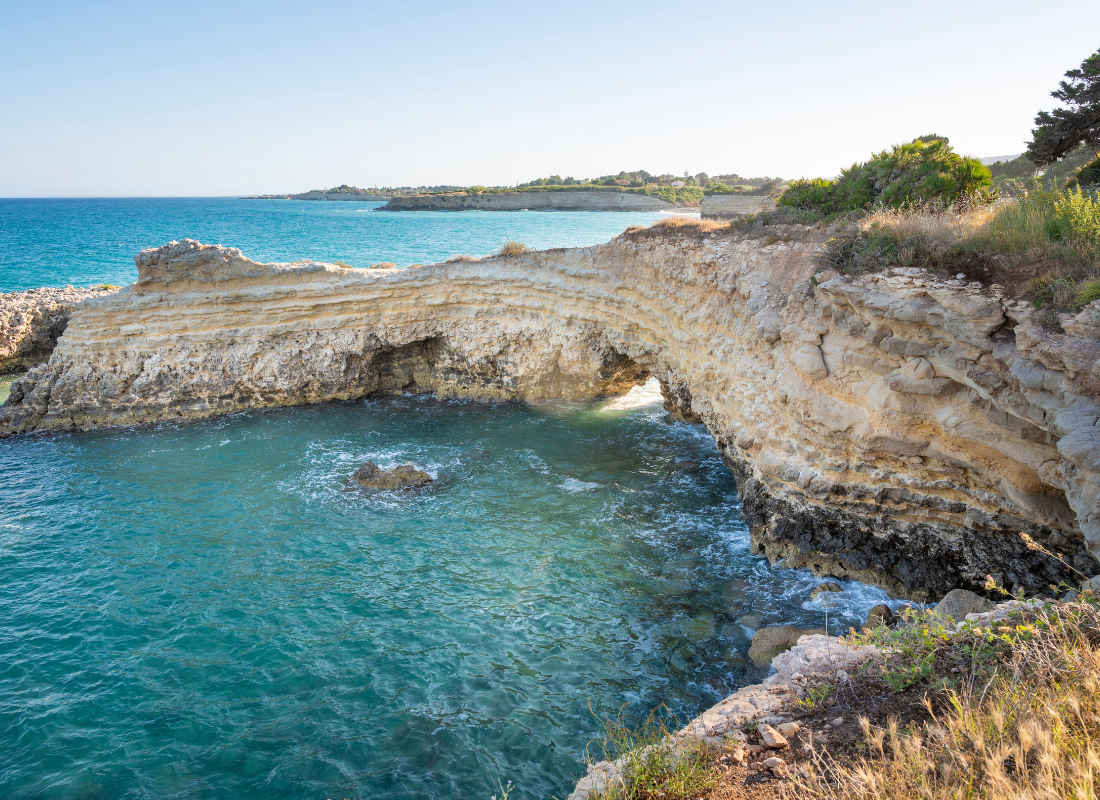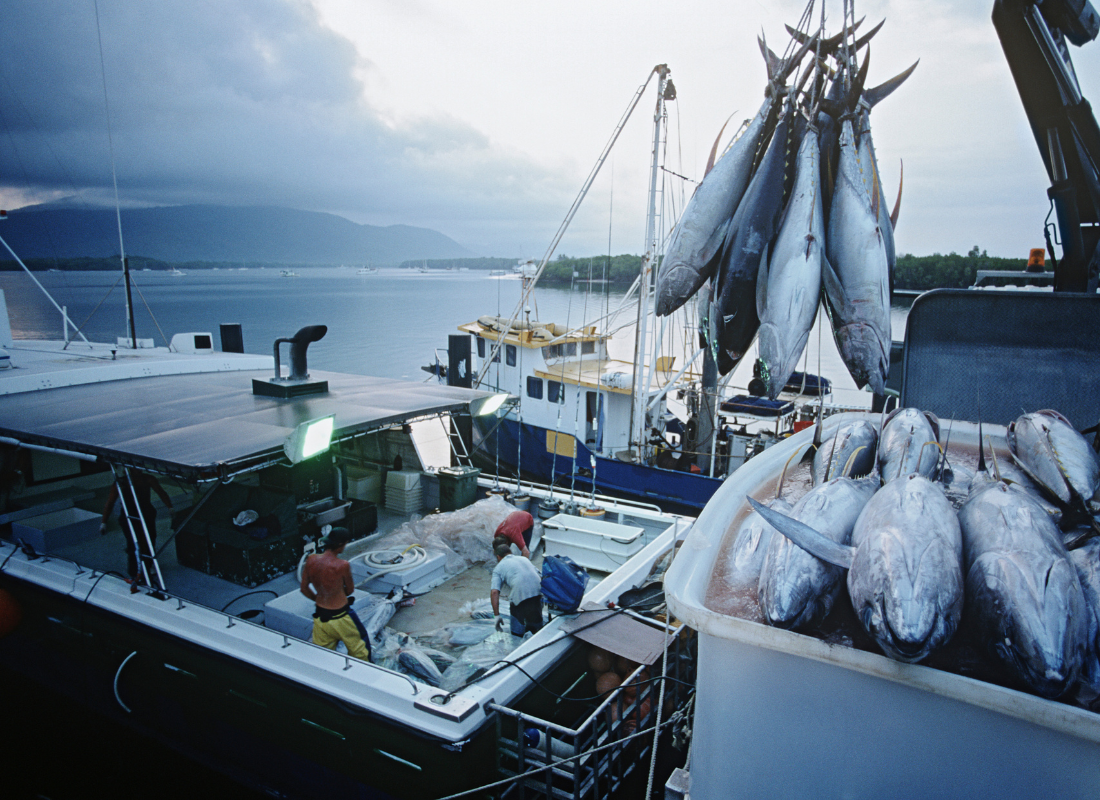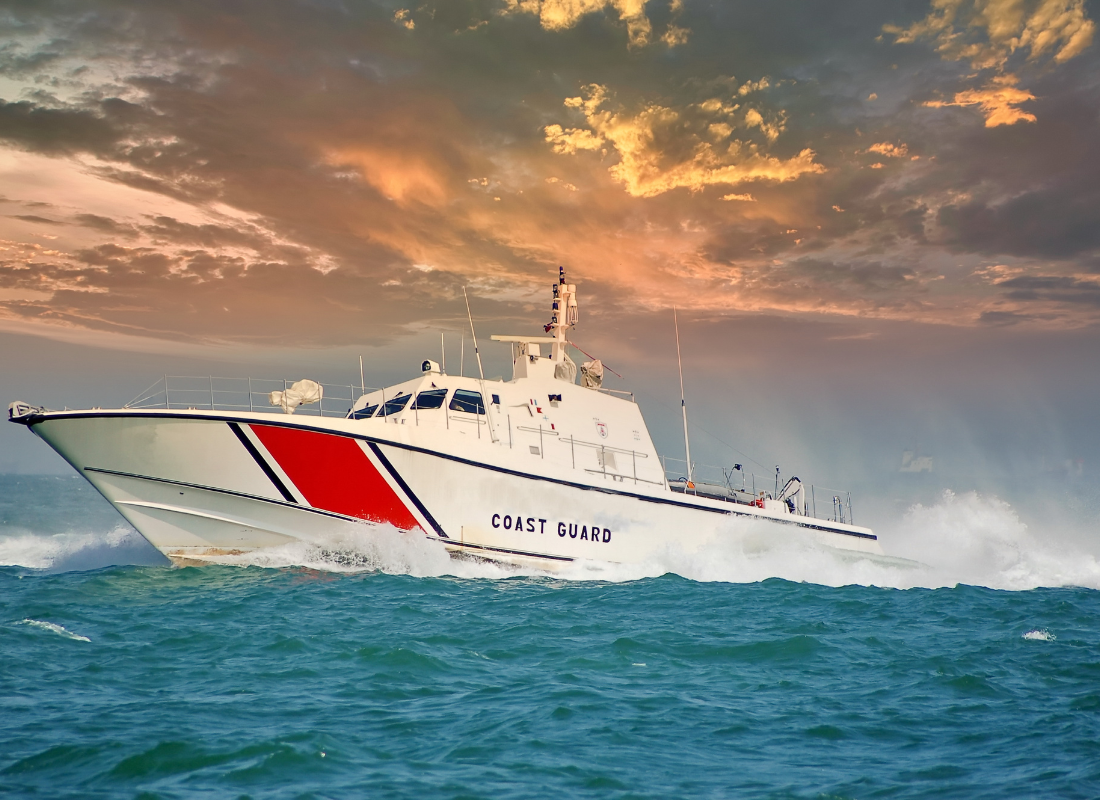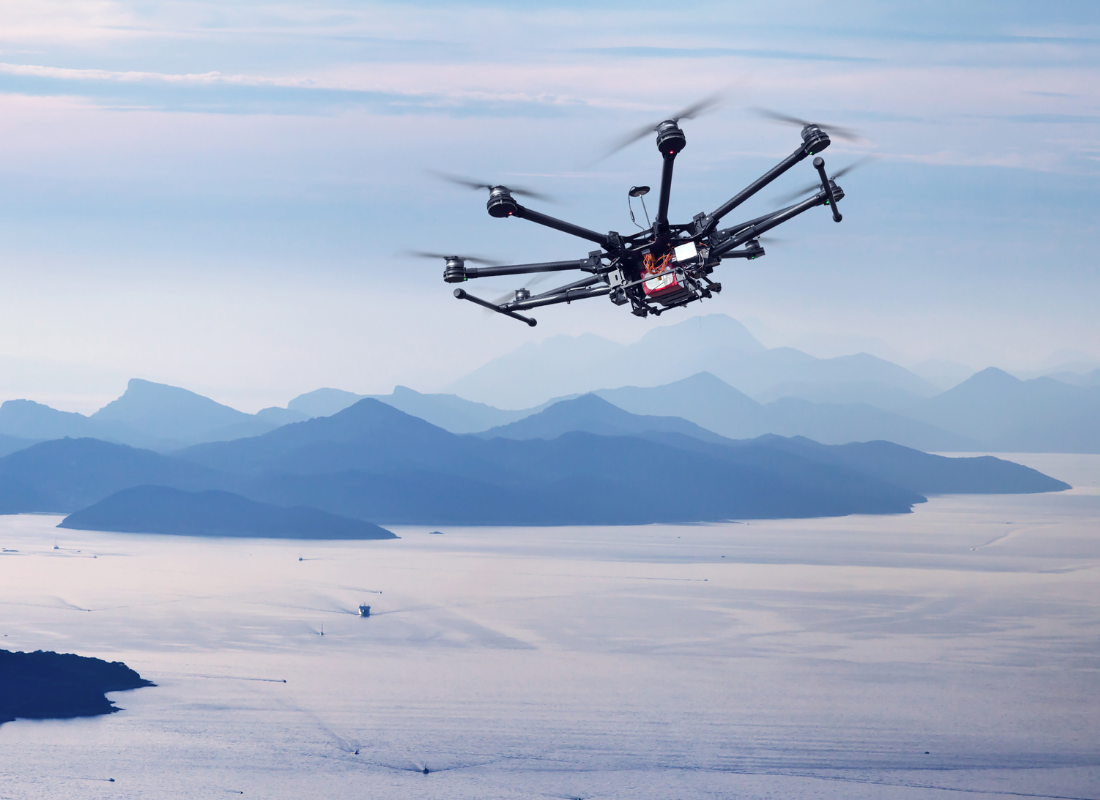
The world’s oceans are essential for life on Earth, providing food, oxygen, and regulating the climate. However, they are under increasing pressure from overfishing, pollution, habitat destruction, and climate change.
To address these challenges and ensure the long-term health of our oceans, Marine Protected Areas (MPAs) have emerged as a vital conservation tool. These designated zones aim to safeguard marine ecosystems, preserve biodiversity, and promote sustainable ocean management. As we navigate toward a sustainable future, the role of MPAs becomes increasingly crucial.
Importance of Marine Protected Areas
 Marine Protected Areas play a multifaceted role in protecting and preserving ocean ecosystems.
Marine Protected Areas play a multifaceted role in protecting and preserving ocean ecosystems.
By establishing areas where human activities are regulated or restricted, MPAs provide refuge for marine species to thrive, aiding in the recovery of depleted populations and maintaining biodiversity. Additionally, MPAs serve as natural laboratories for scientific research, offering valuable insights into marine ecology and ecosystem dynamics.
Furthermore, these protected areas contribute to coastal resilience, helping mitigate the impacts of climate change, such as sea-level rise and ocean acidification.
Conservation Benefits of Marine Protected Areas
 The conservation benefits of Marine Protected Areas are numerous and far-reaching.
The conservation benefits of Marine Protected Areas are numerous and far-reaching.
By limiting fishing and other extractive activities within their boundaries, MPAs allow fish stocks and other marine resources to replenish and recover. This not only benefits local communities dependent on fisheries but also supports ecosystem health by preserving key habitats and maintaining the balance of marine food webs.
Moreover, MPAs provide critical breeding and spawning grounds for marine species, ensuring the survival of future generations.
Economic Value of Marine Protected Areas
 Contrary to popular belief, Marine Protected Areas can also deliver substantial economic benefits.
Contrary to popular belief, Marine Protected Areas can also deliver substantial economic benefits.
While some may view MPAs as restricting economic activities, they actually contribute to sustainable economic development in various ways. Healthy marine ecosystems within MPAs support fisheries outside their boundaries, enhancing fish stocks and improving catch yields for fishermen.
Additionally, MPAs attract tourists interested in experiencing pristine marine environments, generating revenue for local communities through ecotourism and recreational activities.
Furthermore, by safeguarding coastal areas from natural disasters and preserving valuable ecosystem services, MPAs help maintain the livelihoods of coastal communities and protect infrastructure investments.
Challenges Facing Marine Protected Areas
 Despite their importance, Marine Protected Areas face numerous challenges that hinder their effectiveness.
Despite their importance, Marine Protected Areas face numerous challenges that hinder their effectiveness.
One of the primary challenges is insufficient funding and resources for MPA management and enforcement. Many MPAs suffer from inadequate staffing, equipment, and infrastructure, limiting their ability to effectively monitor and enforce regulations.
Furthermore, MPA designations may face opposition from various stakeholders, including fishermen, industry groups, and local communities, who perceive restrictions on their activities as detrimental to their livelihoods.
Additionally, issues such as illegal fishing, poaching, and habitat degradation pose ongoing threats to the integrity of MPAs, undermining their conservation objectives.
Opportunities for Enhancing Marine Protected Areas
 Despite the challenges, there are opportunities to enhance the effectiveness and resilience of Marine Protected Areas.
Despite the challenges, there are opportunities to enhance the effectiveness and resilience of Marine Protected Areas.
Collaboration and cooperation among governments, stakeholders, and local communities are essential for the successful establishment and management of MPAs. By engaging with all relevant parties and incorporating traditional ecological knowledge, MPAs can be designed and implemented in a way that balances conservation objectives with socioeconomic considerations.
Additionally, leveraging technology, such as satellite monitoring, drones, and artificial intelligence, can improve MPA monitoring and enforcement capabilities, enhancing their effectiveness in safeguarding marine biodiversity.
Conclusion
 Marine Protected Areas are indispensable tools for safeguarding the health and resilience of our oceans.
Marine Protected Areas are indispensable tools for safeguarding the health and resilience of our oceans.
As we navigate toward a sustainable future, it is imperative that we prioritize the establishment and effective management of MPAs. By conserving marine biodiversity, supporting sustainable fisheries, and promoting coastal resilience, MPAs play a crucial role in ensuring the long-term health and prosperity of our oceans and the communities that depend on them.
Through collaboration, innovation, and concerted action, we can work together to build a sustainable ocean future for generations to come.




